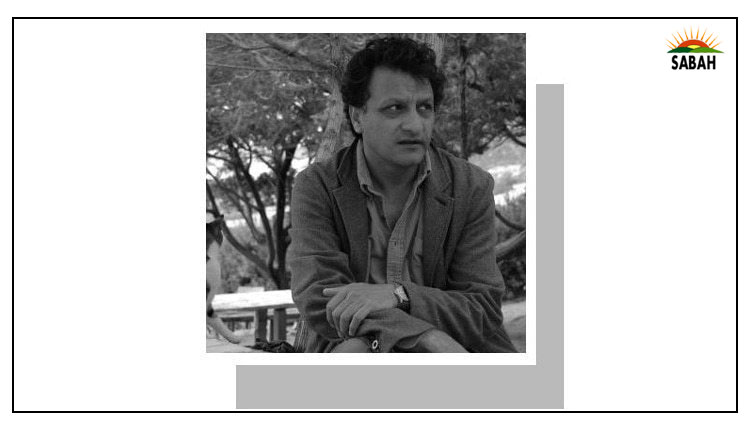Plugging the gap …..Arif Azad
THE term ‘health inequalities’ is understood as avoidable, unfair and systemic differences between health outcomes for different groups in a society. Different groups experience health inequalities differently based on their social and economic status, ethnicity, geographical location and marginalisation status.
One measure of health inequality is differences in life expectancy, which is a key indicator of the population’s health status. In its broadest sense, health inequality is effectively unequal life expectancy, which is intimately bound with socioeconomic status. The relationship is expressed in terms of the social gradient in health, which is measured by the gap between the least and the most deprived areas in terms of life expectancy.
For example, one UK-based study found that in 2017-2019, women in the least deprived areas could expect to live up to 86.4 years as compared to those in the most deprived areas where they could not hope to live beyond 78 years — an eight-year gap in life expectancy. Other factors influencing the trajectory of health inequalities are: limited or no access to healthcare, poor quality of healthcare and risky behaviour such as smoking.
The wider determinants of health such as transportation, education, housing, environment and incomes are also system-level coordinates that contribute hugely to the evolution and progress of health inequality in a society. Together, these factors create conditions that expose groups at the bottom of the socioeconomic heap to the worst effects of health inequality, resulting in shortened lifespans thanks to disease and deprivation.
In Pakistan, health inequalities are visible to the naked eye.
Prof Michael Marmot has done commendable work on health inequalities in the UK. Though he has been ploughing this lonely academic furrow for a long time, Covid-19 gave new salience to his work as the pandemic exposed health inequalities in a startling new way, showing how the poor, elderly, and ethnic minorities ended up bearing the brunt of Covid-exposed health inequalities. More broadly, the pandemic exposed inequities in the worldwide distribution of vaccines, which exacerbated local health inequalities. His work is of vital importance and has wider application to the issue of health inequalities everywhere.
In Pakistan, health inequalities are visible to the naked eye. A high-level government official, who has a secure lifelong job, decent housing, hefty pension and medical and health cover, tends to live much longer than the ordinary Pakistani. A case in point is that of vintage bureaucrats and military officers often making it into their 90s and even hitting a century.
On the other hand, even among government services, those who are not covered by substantial pension, housing and medical benefits are less likely to make it beyond their 60s and 70s. Those beneath these tiers seem to fare poorly when it comes to life expectancy. At the end of the spectrum are those whose lives, blighted by poverty and structural disadvantage, continue to live shortened lives. It is not rare to see men and women from poorer backgrounds dying in their 30s and 40s, reflecting the health inequalities they face.
Pakistan remains a deeply unequal society as evidenced by the growing wealth, residential and geographical gaps. The sight of glossy housing societies and gated communities sitting side by side with slums is an indicator of the wealth gap mirroring the health gap. These gaps are being widened by policies that favour economic elites, government-linked groups and privileged sections of society, thus worsening poverty. Such policies influence wider aspects of health such as housing, education and health allocations, transport and environmental safeguards, all of which have a bearing on the health outcomes of different groups in social systems.
Other key measures such as reducing the deprivation gap, increasing access to fully funded healthcare and removing social advantages can ameliorate health inequalities to a great extent.
The introduction and maintenance of universal health coverage, with a focus on primary healthcare and prevention, can further the project of reducing the rich-poor divide in life expectancy.
Furthermore, improving the quality of care and expanding social safety nets can also play a big part. The restoration of the local government system, which, among other things, keeps a vigilant eye on the status of health inequalities in a particular locality, as evidenced in the work of Prof Marmot, can go a long way in addressing long-term health inequalities. More importantly, more focused research on the patterns of health inequalities in Pakistan is what is immediately needed.
The writer, a public health and development consultant, is the author of Patient Pakistan: Reforming and Fixing Healthcare.
drarifazad@gmail.com
X: @arifazad5
Courtesy Dawn, May 30th, 2024












